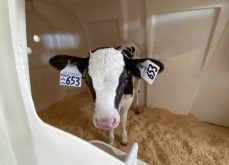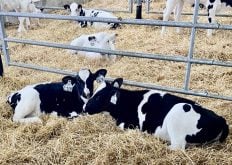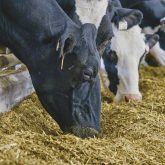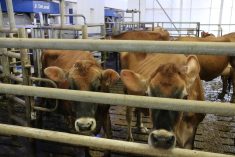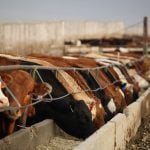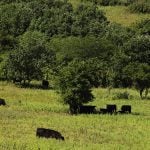Ontario’s goat milk is getting the royal treatment as a powdered export.
Canada Royal Milk (CRM), an export-based milk processor in Kingston, has partnered with the Ontario Goat Dairy Co-operative (ODGC) and Producteurs de lait de chèvre du Québec (PLCQ) in the production of goat milk powder.
Why it matters: Powdered goat milk represents a new export trade avenue for producers.
Read Also
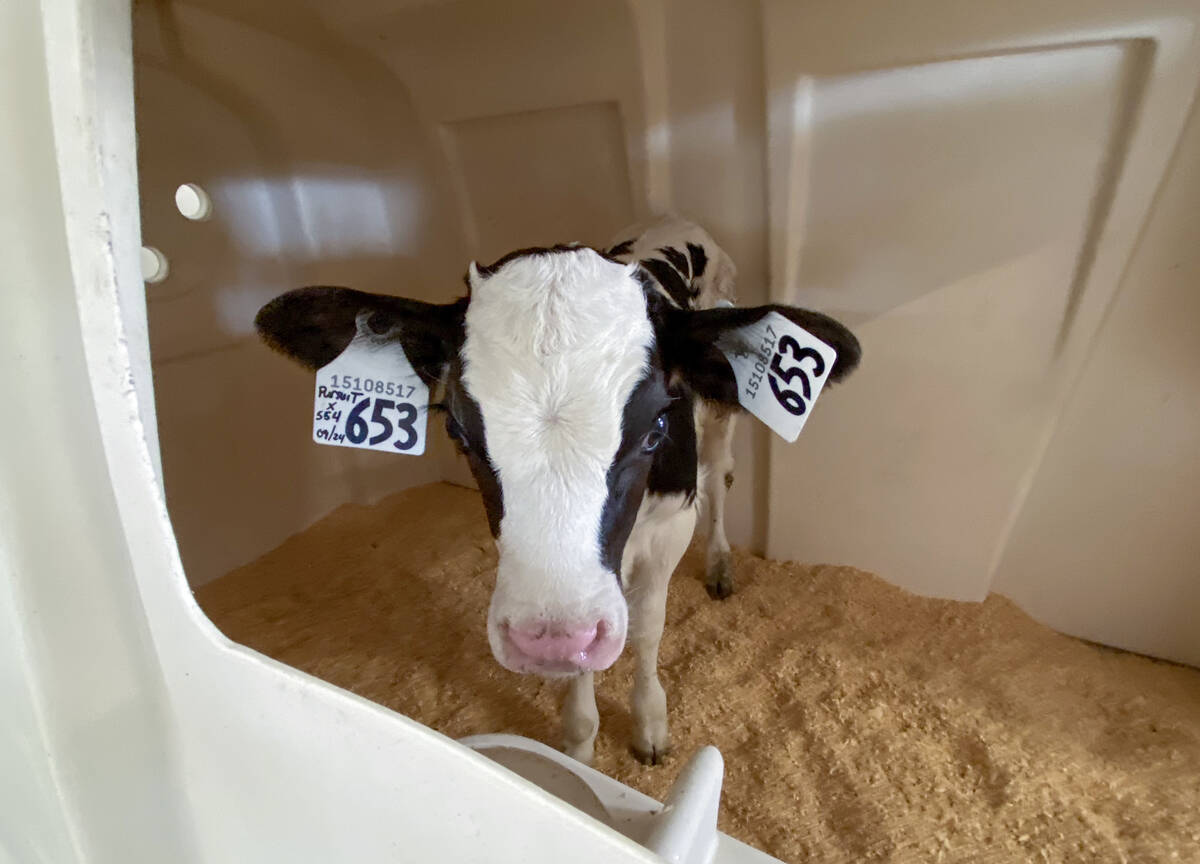
Lactanet turns methane expertise into business opportunity
Lactanet’s new fee-for-service breeding tool initiative to reduce greenhouse gas emissions in Canadian and Swiss Holstein herds will launch in April 2026.
“The expansion of goat dairy is an industry-led initiative by our partners at ODGC and PLCQ. As a partner in growth, Canada Royal Milk hopes to contribute to a vibrant Canadian goat dairy industry,” said CRM general manager Chenggang Han.
CRM plans to increase goat milk production demand over the next five years to ensure a stable and secure market and sustainable growth for the 120 dairy goat farmers in Ontario and Quebec.
After seeing rapid expansion that outpaced supply demand, the Ontario dairy goat market has stabilized over the last three years, said René Zoller, ODGC chair.
“This means a diversification for what the milk is being used for now in Ontario. CRM makes a different product with the milk, and more products mean more stability for the industry and possibility for innovation,” said Zoller.
“As it grows in the future, it remains to be seen how big of a market share this will have, but it looks promising.”
Currently, Ontario ships most of its goat milk to processors throughout Ontario, Quebec and the United States for cheese, yogurt and fluid milk production.
“Goat milk is the base product for their (CRM’s) baby formula (with) the product going to China where it’ll be processed,” said Zoller. “But the plan is there will be a product launched here in North America as well. So that’s going to be exciting.”
Zoller said the product launch wouldn’t happen soon, but they welcome the current expansion potential for Ontario and Quebec producers.
“We want to reach out to our membership first and see how much they want to grow and how much of that volume we can then supply to CRM,” he said. “If supply and demand don’t match, we will be looking at growing the Co-op membership.”
By establishing long-term partnerships with ODGC and PLCQ, the company is well-positioned to capitalize on the global market for goat dairy, the most common milk consumed worldwide. With demand in China and Asia increasing, the market for goat milk has a healthy long-term forecast.
“We look forward to many years of collaboration with goat milk producers, working in step to expand markets for high-quality powdered goat milk products,” said Chenggang Han.
The powdered goat milk formula production began in March and has already seen increases, allowing CRM to use excess milk from ODGC and PLCQ. That eases seasonal challenges for producers.
“These partnerships will support our work and give us the opportunity to actively build the industry across the country and to reach for a healthy economic environment for the producers on a long-term basis,” says Rémi Hudon, chair of PLCQ.
CRM is now using both production lines and increased its workforce to facilitate goat milk powder production.
“We know that there is a lot of potential in the goat milk industry, so it’s great to see CRM capitalize on trends in this market to achieve this significant milestone,” said Bryan Paterson, City of Kingston mayor. “I’m always thrilled to see Kingston companies grow, especially as they recover from the impacts of the pandemic.”






